Are you interested in feeding your family from your land? Growing vegetables and having an orchard is a great start, but if you have the room, you can bring in some cows too.
It may seem daunting initially, but with the right setup and a little know-how, you can successfully learn how to raise beef cattle. You will have many emotions and experiences along the way, but in the end, the food you eat directly results from your effort and patience. Enjoy all these animals provide, and repeat the process each year to nourish you and your family with high-quality beef.
Here are the steps on how to raise beef cattle.
1. Land
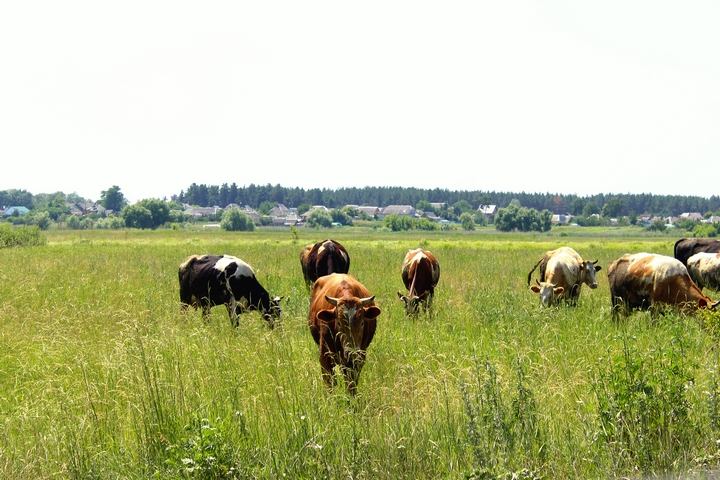
Cows are big, ruminant creatures with bigger appetites, and their food grows on the land. During the summer, they will eat the grasses and plants from a pasture and then survive on hay in winter.
To keep them fed, you need a large plot of land. For a beef cow, at least one acre is needed for foraging and another for producing hay. If the forage is poor, then they need additional acreage.
You also have to maintain the pasture so there are always grasses growing, so a good rule is to break up the area into paddocks and move the cattle around. This way, they don’t overgraze, and you can let different areas recover and grow again.
2. Housing
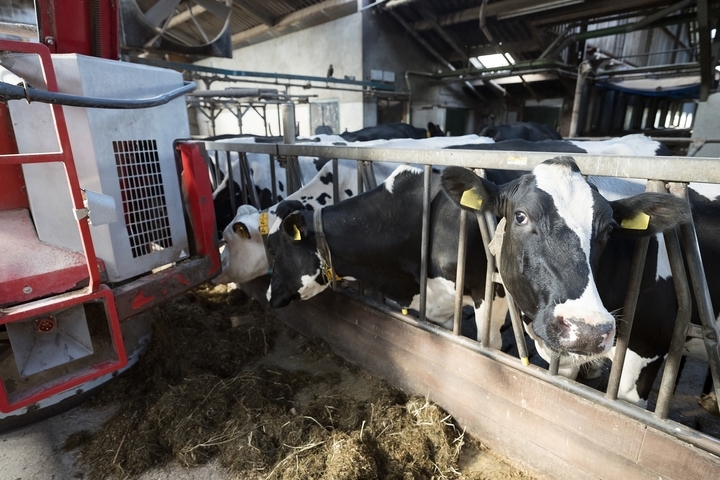
Raising beef is less complicated than dairy cows, and your buildings will differ. It is important to have calf pens to protect your animals from extreme weather but also for:
Calving
This happens in the winter months, and calves need a barn to protect them from the elements.
Treatment
A barn for health issues requires a structure for the safe handling of the animals
Weaning
Calves get stressed during this time and need a safe structure to be housed in for their well-being.
You can construct different barns, including an open pole shed, loose housing barn, loafing areas and feed storage. Hay must be provided as bedding, and a regular cleaning schedule must be maintained to maintain hygiene and good health.
A dedicated indoor environment for your beef cows will keep them safe from extreme weather and temperatures and provide comfort and decreased stress. Ensure enough barn structures for your animals, feed and equipment storage.
3. Fencing
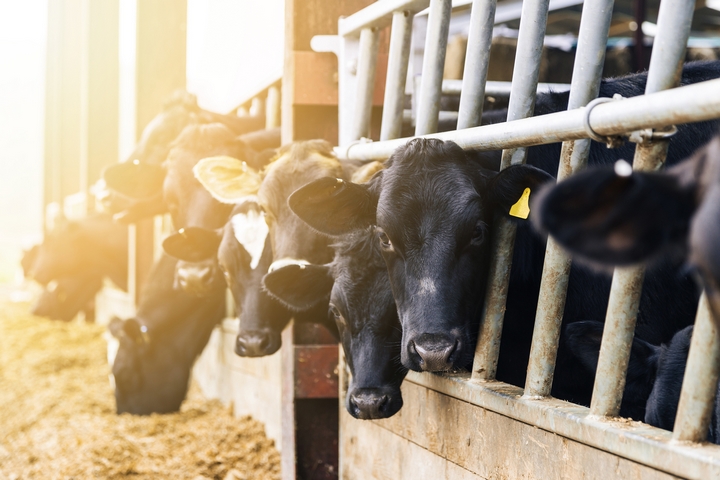
Having the right amount of land is crucial, but you also need to manage it and direct the flow of your cattle while on it. This is best achieved with a variety of fencing.
Electric Fencing
Electrical fencing is a mental barrier that animals come to respect, and it is easy to build and maintain. You can power it with your existing power grid or solar panels.
Barbwire Fencing
With barbwire, you need a sturdy post or metal stays with three rows of wire. The highest wire should be around four feet off the ground, with the bottom wire low to the ground
Wooden Fencing
This is a permanent fence structure that separates different parts of pasture land. You can make dedicated paddocks and barriers to manage your cattle, but it is the most expensive option.
4. Food
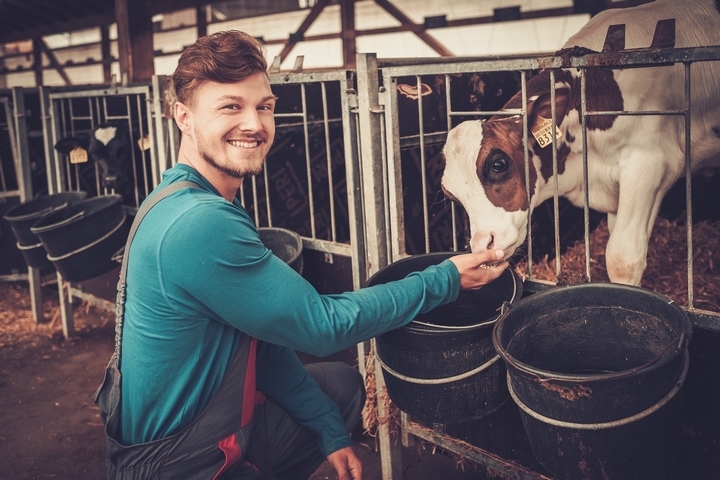
Cows love to graze in a pasture and will eat forage all day. Cows are also given grains, including:
- Corn
- Barley
- Oats
- Sorghum
The commercial feed includes these grasses, grains, and vitamins to formulate a healthy micronutrient balance for optimal health.
Over the winter, you will need hay that you stored or purchased to keep them fed. Cows eat around 2% of their body weight per day, so a good rule is to 20-30 lbs of hay every day per animal.
This is referred to as backgrounding, where you feed your cattle a forage-based diet to control their weight so they gain muscle and bone before potentially fattening them up at a feedlot.
Your cows also need plenty of potable water to drink freely from it as needed. Deep ponds and open surface water tanks are best.
5. Butchering
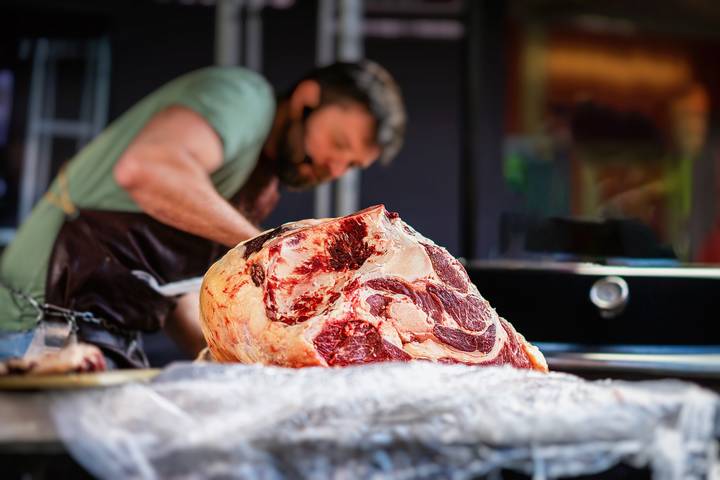
Raising beef cattle is a long-term endeavour, with grain-fed animals taking around 15-16 months and grass-fed up to 30 months to be ready for slaughter. Typical market weight is around 1400 lbs, and you should get a little less than half that weight in retail cuts like:
- Steak
- Roast
- Hamburger
- Ribs
- Sausage
- Stew beef
If you have the skillset and facilities, you can butcher them yourself, or many companies will do it for you and package it ready for your freezer.
You need to be patient when getting ready for butchering because your cow needs to develop fully and put on fat at the end. The brisket should have full-fat padding, and fat rolls should be at the tail head, where the tail meets the body. This will ensure your meat is marbled and ready for slaughter.




